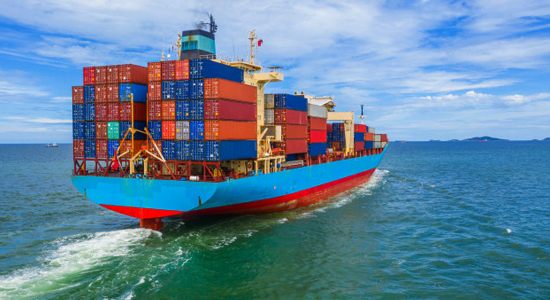Navigating the process of obtaining a United Kingdom import license for Chinese goods can seem complex, but understanding the requirements and steps ensures compliance and smooth customs clearance. Whether you’re a new importer or expanding your business, knowing how to get United Kingdom import license for Chinese goods is essential to avoid delays and penalties. This guide breaks down the key stages of the application process.
1. Research UK Import Regulations and Licensing Requirements
Identify Your Goods’ Category
- Determine if your products require a license by checking the UK Government’s Import Licensing Database.
- Example: Foods, cosmetics, and electronics often need specific certifications (e.g., CE marking for electronics).
- Use the UK Trade Tariff Tool to find your goods’ HS code (e.g., HS 8517 for mobile phones), which dictates licensing needs.
Understand Regulatory Bodies
- HM Revenue and Customs (HMRC): Handles general import declarations and tariffs.
- DEFRA: Regulates agricultural products, plants, and organic goods.
- MHRA: Oversees medical devices and pharmaceuticals.
2. Prepare Required Documentation for Licensing
Mandatory Documents
- Commercial Invoice: Details product descriptions, values, and quantities.
- Bill of Lading/Air Waybill: Proof of shipment from China.
- Certificate of Origin: Confirms Chinese origin (required for tariff reductions under trade agreements).
- Product Compliance Certificates:
- CE/UKCA marks for safety standards (e.g., toys: EN71 certification).
- FSC certification for wooden products.
Additional Licenses for Specialized Goods
- Food Imports: Submit a UK Local Authority Food Registration at least 28 days before arrival.
- Chemicals: Provide a REACH Registration for substances over 1 ton/year.
3. Submit Your Import License Application
Online Application Portals
- Use the UK Import Licensing Service (ILS) portal for most goods.
- Process Time: 3–10 working days for standard applications; urgent cases may take 1–2 days.
- For high-risk goods (e.g., textiles, machinery), apply via the Customs Handling of Import and Export Freight (CHIEF) system.
Key Application Details
- Enter HS codes, shipment dates, and intended use of goods (e.g., “For retail sale in the UK”).
- Declare any preferential tariffs or trade agreements (e.g., China-UK free trade provisions).
4. Ensure Compliance with Post-Brexit Rules
Verify UK Conformity Assessed (UKCA) Marking
- Replace CE marking with UKCA for most goods sold in the UK (except Northern Ireland).
- Exception: Medical devices may require both CE and UKCA until 2024.
Understand VAT and Duty Payments
- Import VAT is payable on arrival, but you can reclaim it via your UK VAT return.
- Use the Postponed Accounting for VAT scheme to defer payments and improve cash flow.
5. Work with Agents or Freight Forwarders
Partner with Licensed Customs Brokers
- Companies like China Top Freight offer licensing assistance, ensuring documents meet HMRC standards.
- Benefit: Reduces errors in declarations, which can lead to fines of up to £2,000 for misdeclarations.
Leverage Logistics Partnerships
- Coordinate with your freight forwarder to submit licenses alongside shipping documents.
- Example: A Chinese supplier of 500 electric bikes used China Top Freight’s brokerage service to secure an import license in 5 days.
6. Common Pitfalls to Avoid
Incorrect HS Code Usage
- Misclassifying goods (e.g., listing “LED lights” under general electronics instead of HS 9405.40) can cause delays and incorrect tariffs.
- Solution: Use HMRC’s Tariff Classification Service for free code verification.
Delayed License Applications
- Last-minute applications often lead to shipment holds. Submit requests at least 2 weeks before the expected arrival date.
7. Case Study: Successful License Acquisition
Scenario: A Chinese furniture exporter sought to ship 200 sets of wooden chairs to London.
- Steps Taken:
- Obtained FSC certification for sustainable wood sourcing.
- Applied for a general import license via ILS, specifying HS code 9403.60.
- Partnered with China Top Freight to handle customs clearance.
- Outcome: License approved in 4 days, with no delays at Felixstowe Port.
In conclusion, learning how to get United Kingdom import license for Chinese goods requires careful documentation, regulatory awareness, and strategic partnerships. By following these steps and leveraging services like those offered by China Top Freight, you can streamline the process, ensure compliance, and unlock the UK market’s potential for your Chinese goods. Always stay updated on UK trade policies to avoid disruptions in your import operations.Utilize China Top Freight to help solve the problems you are facing. Contact us today to embark on your smooth transportation journey!


